Forty million years ago more than half of northern Egypt was under water,The Mediterranean sea was just a small part of a great sea called the "Sea of the Thies" or the father of the oceans,Most of the northern African countries to the south which is now known as Egypt's Delta even beyond the provinces of beni sweif and fayoum formed the bottom of that sea.
The low temperature of earth has led to the formation of the north and south poles which forced the water in the "thies" to decline away from northern Africa and many other places but the fossils and the remains of the fish that lived during this era remained stuck till today in many areas including the Whale valley known as the "continent of hell".
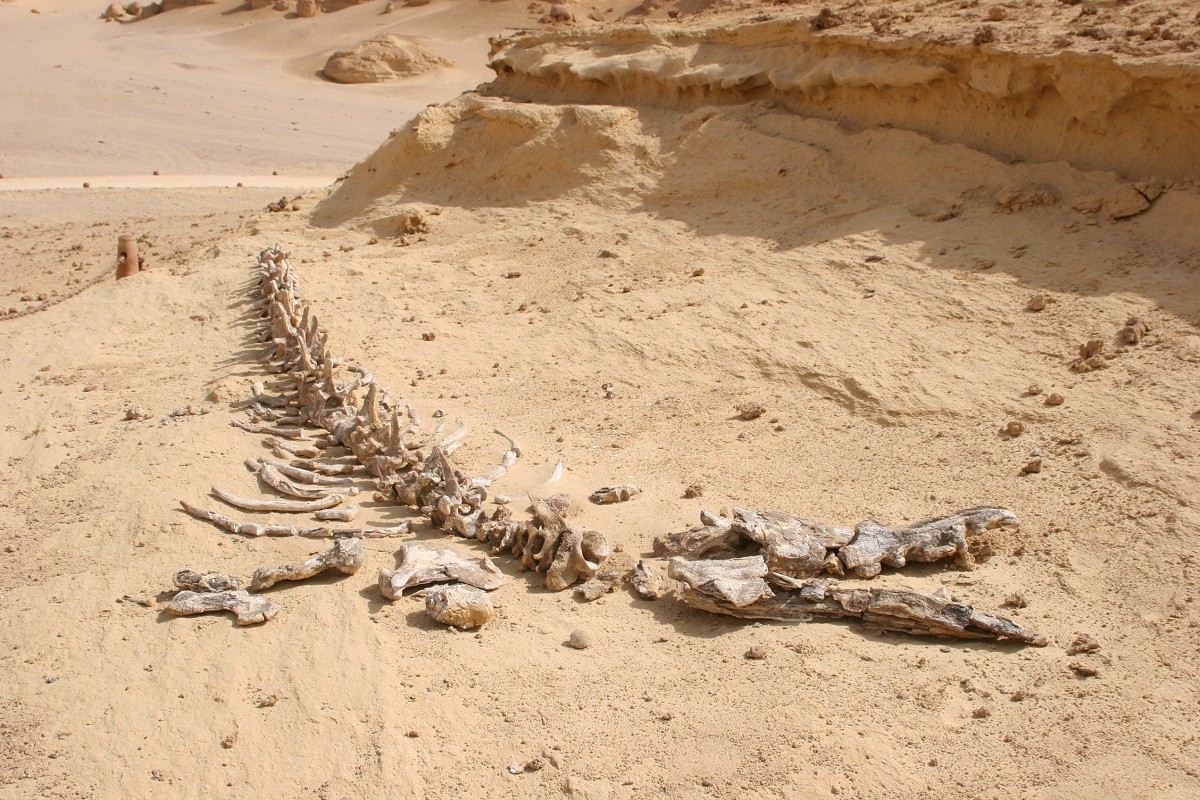
The importance of the whale valley lies in its excavation and the fossils it contains ,which enabled it to become a biological museum contains various marine fossils such as fossilized structures of primitive whales, sharks and shells,In addition to the mermaid fossils and other marine and terrestrial animals that lived in the Eocene era where it includes a large number of huge whale fossils totaling about 400 fossils and that gives almost a perfect conception of the life form and evolution of the living beings at the time.
The Whale Valley was discovered during the biological survey to Egypt done by a scientist called"bid til "in 1903 A.D. At that time, the first fossil of the Pasilosaurus Isis, one of the largest known whales so far was discovered, It was about eighteen metres long and lived upper Egypt in the Eocene era about fifty five million years ago,It is thought to belong to one of the mammals that lived in that era but because of the high temperature of the earth in that age, most animals were forced to leave their natural habitat and live by the beaches and by the time adapted to live and swim in the water to get fish as food

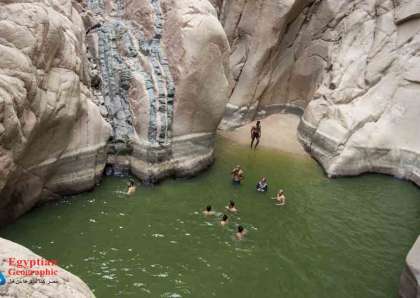

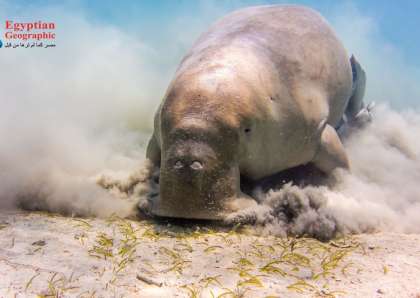
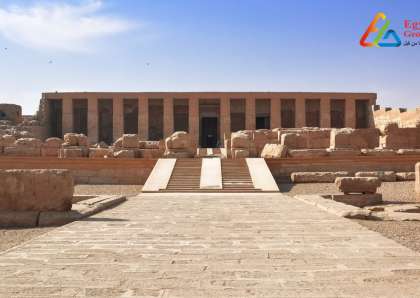
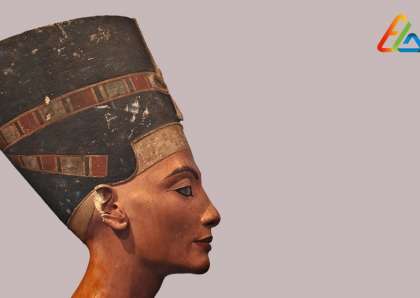
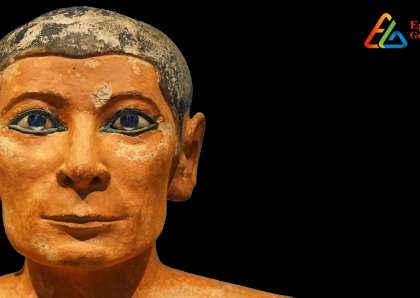












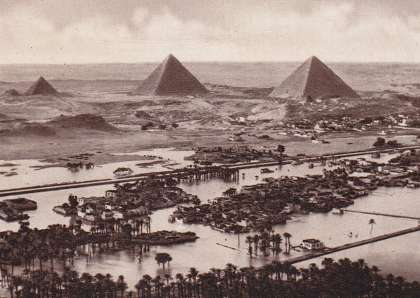
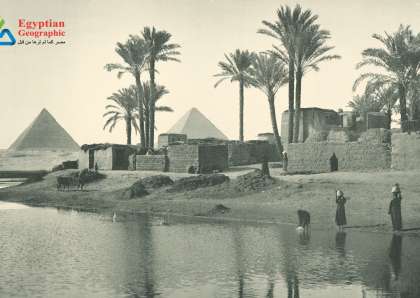


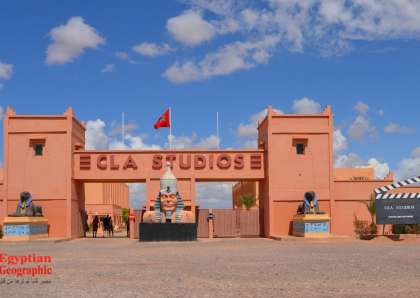




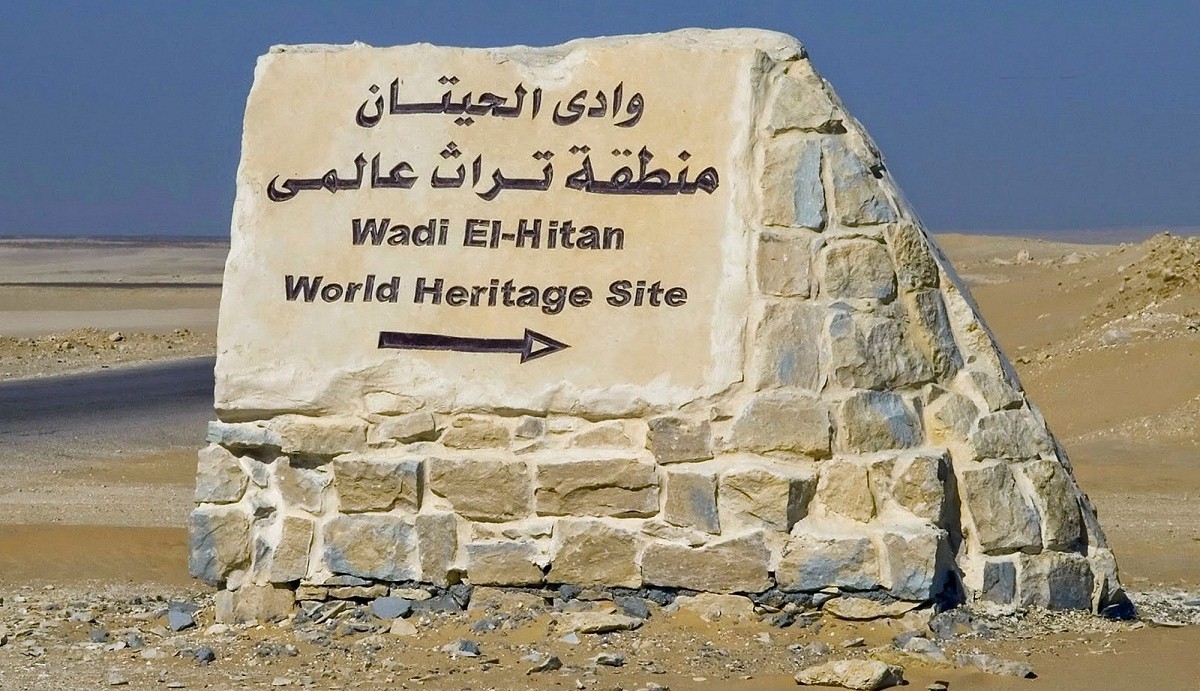














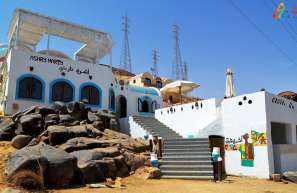
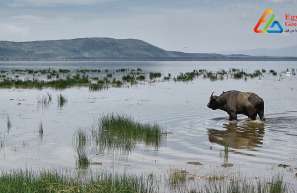















مجلة علمية معرفية وثائقية تتناول الشخصية المصرية